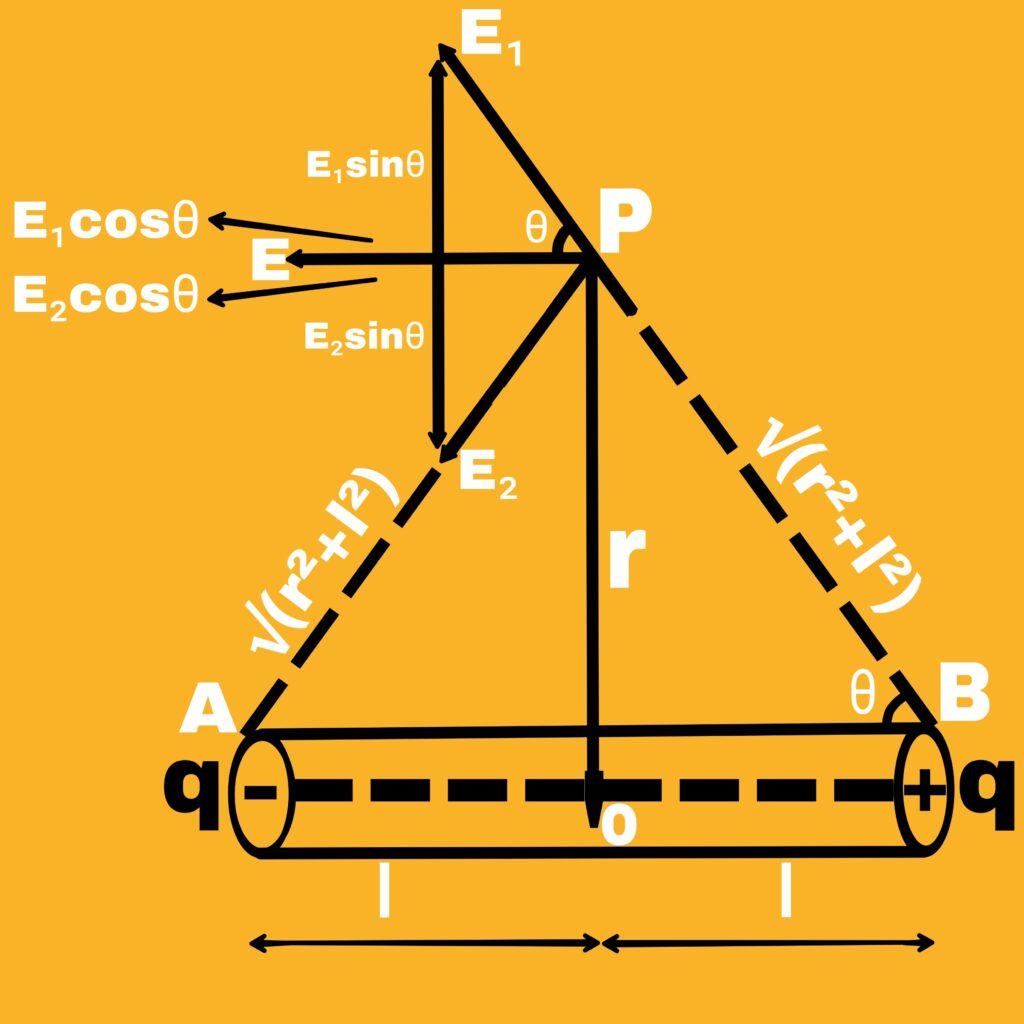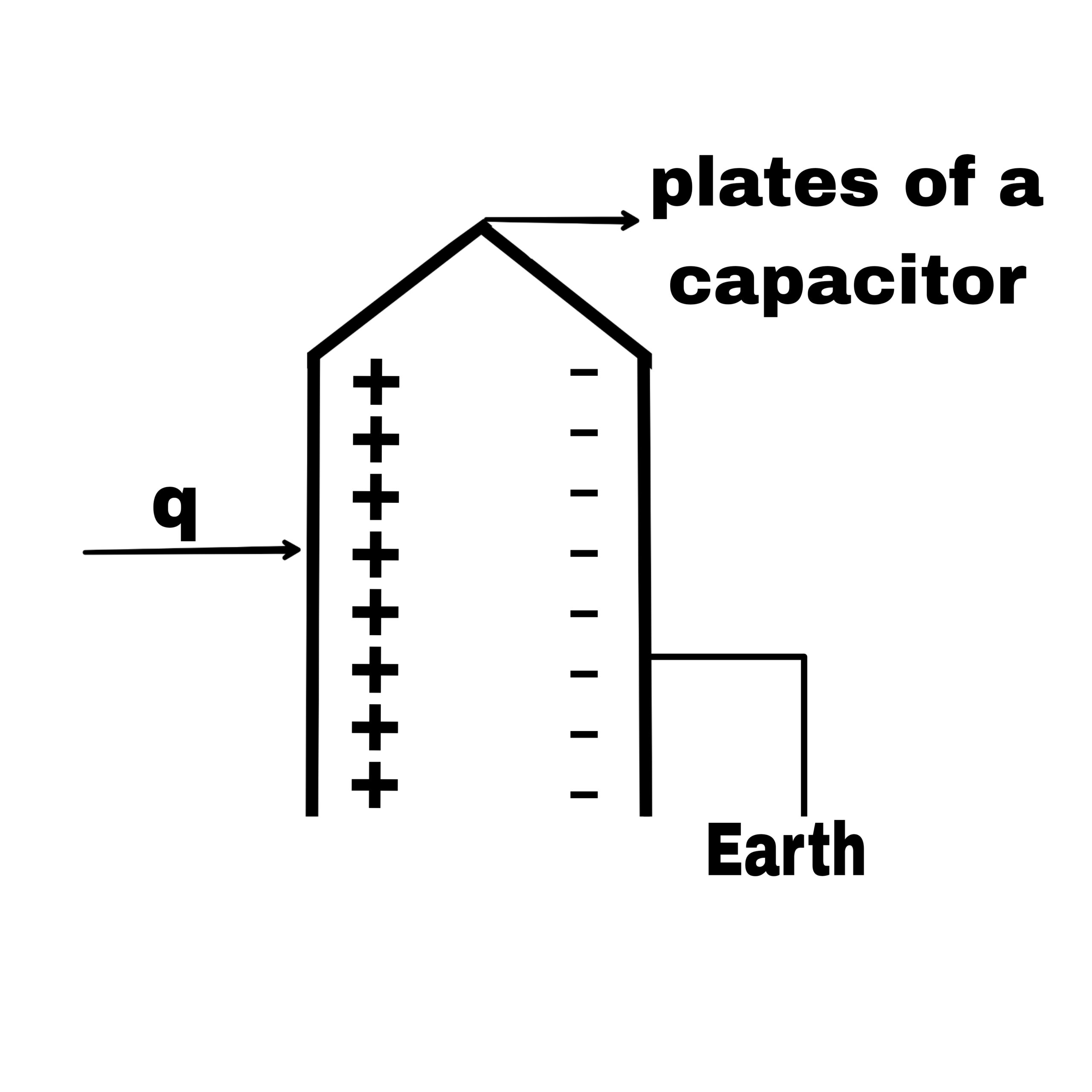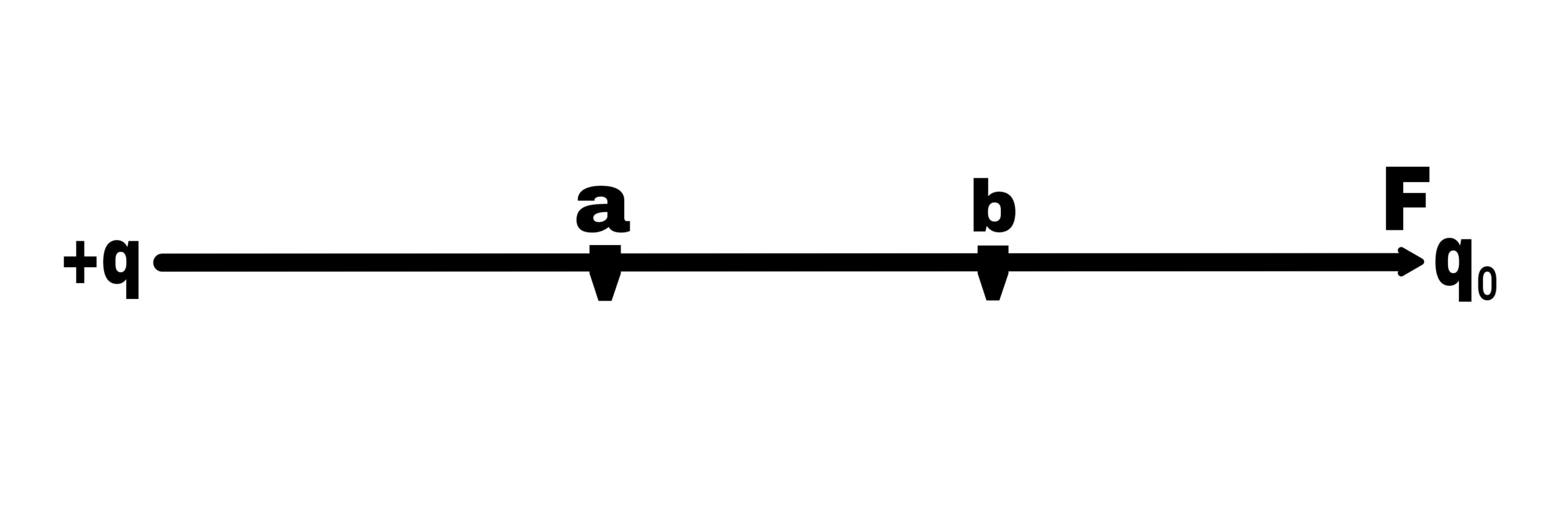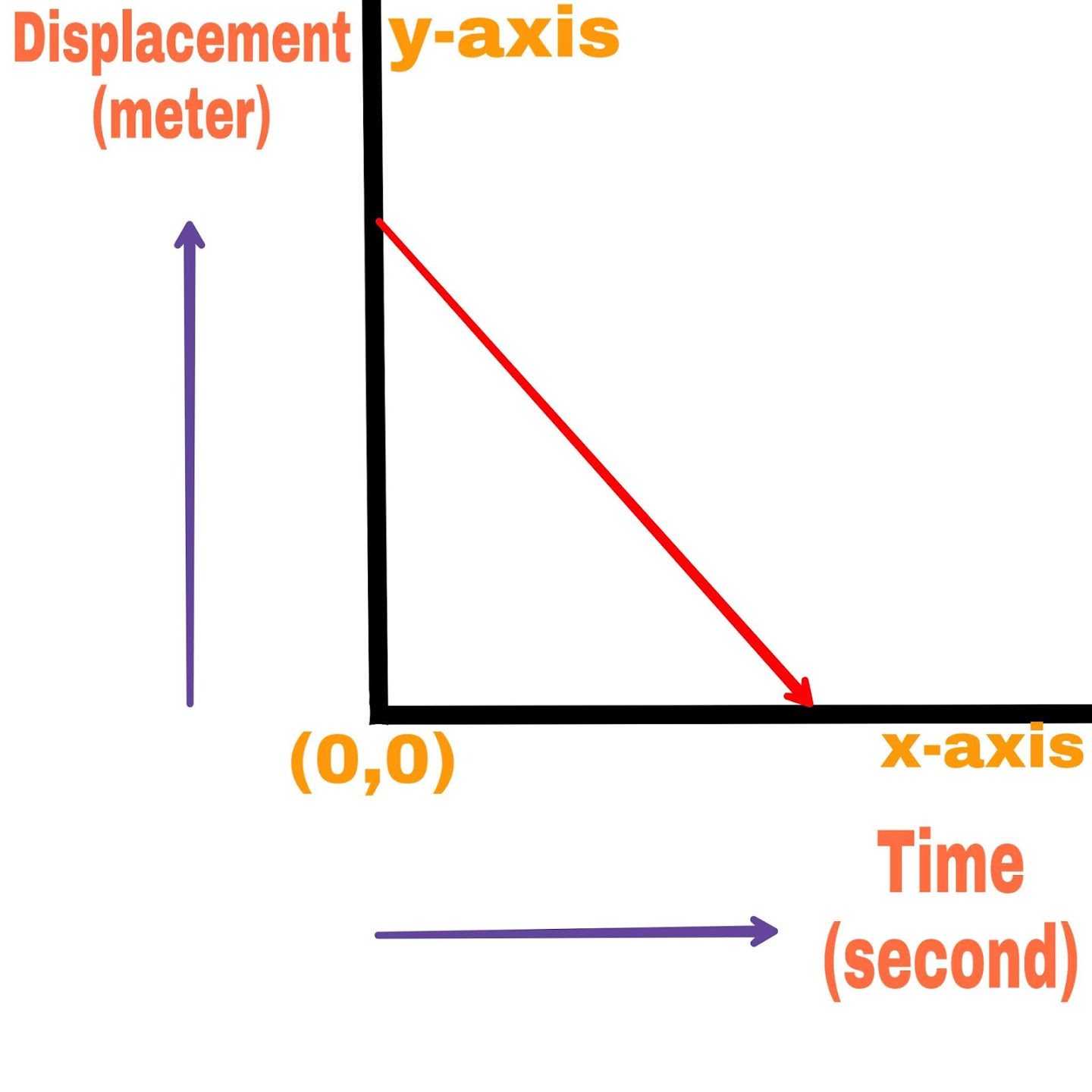1. Axial or Longitudinal Position

Suppose an electric dipole with dipole moment P. We want to calculate the electric field intensity at a point P located at a distance r from the centre o of the dipole.
Electric field intensity at point P due to +q charge
E₁ = [1/4π€0].q/(r+l)²]
Similarly,
Electric field intensity at point P due to -q charge
E₂ = [1/4π€0].q/(r-l)²]
Therefore,
The resultant electric field intensity at point P is
E = E₂-E₁
E = [1/4π€0].q/(r-l)²]-[1/4π€0].q/(r+l)²]
E = q/4π€0[1/(r-l)²-1/(r+l)²]
E = q/4π€0[{(r+l)²-(r-l)²}/(r²-l²)²]
E = q/4π€0[4rl/(r²-l²)²]
Therefore,
r >> l
Hence,
E = q/4π€0[4rl/r⁴]
E = 2/4π€0[2ql/r³]
E= 1/4π€0[2P/r³] (from electric dipole P=2ql)
2. Non-axis position of electric dipole

Consider an electric dipole whose dipole moment is P.
The electric field in the axisymmetric position at a point P situated at a distance r from the middle point o of the dipole is to be calculated.
Hence,
The electric field intensity at point P due to +q charge is
E₁ = [1/4π€0].q/(r²+l²)] in the direction of PB.
Similarly,
The electric field intensity at point P due to -q charge is
E₂ = [1/4π€0].q/(r²+l²)] in the direction of PA.
Hence,
The resultant electric field intensity at point P.
E = E₁cosθ + E₂cosθ
E₁ = E₂
E = 2E₁cosθ
E = 2.[1/4π €0].q/(r²+l²)].l/√(r²+l²)
E = [1/4π€0].P/(r²+l²)^3/2
Since l << r
E = [1/4π€0].p/r³
Note
Electric field intensity due to a point charge
E ∝ 1 /r²
Electric field intensity due to electric dipole
E ∝ 1/r³



